Making Pictures of War —— Realia et Imaginaria in the Iconology of the Ancient Near East
----- 制作战争图片:古代近东图像学中的现实与想象
This book brings together the main discussions that took place at an international conference on the iconology of war in the ancient Near East, a subject never addressed at an international meeting before. The articles span the 3rd to the 1st millennium, with a special stress on the Neo-Assyrian period. They try to respond to many questions about representations of war: what is ‘warrior’ iconography and on what basis it can be defined? Did the war scenes follow a specific directory whereby they adopted the most varied forms? Can we determine the most usual conditions for the creation of pictures of wartime (such as periods of great change)? Were the war scenes referring to specific historical events or were they generic representations? What can a society accept from the representations of war? What did war images silence and why? What is a ‘just’ punishment for enemies and thus the ‘just’ representation of it? Who has control of the representation and therefore also the memory of war? Who is the real subject of war representations? What emerges from all the articles published here is the relevance of textual data in any analysis of iconological material. And this is not only true for iconology, but for all the archaeological material discovered at historical sites.
{{comment.content}}

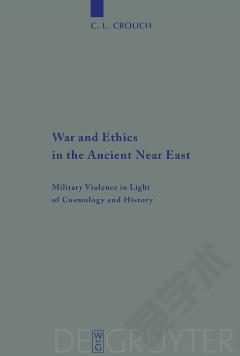
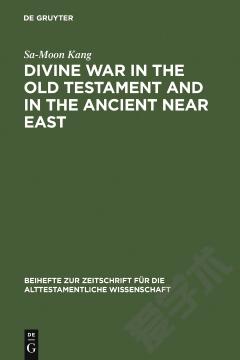

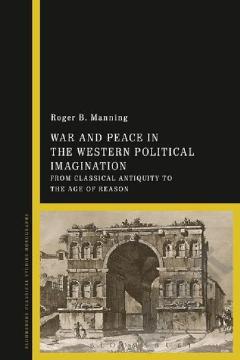
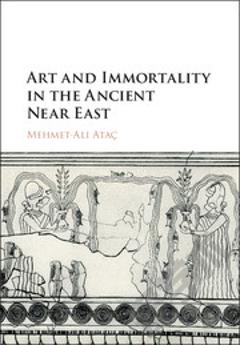
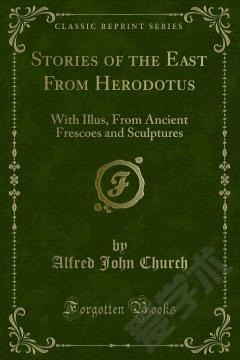

 京公网安备 11010802027623号
京公网安备 11010802027623号